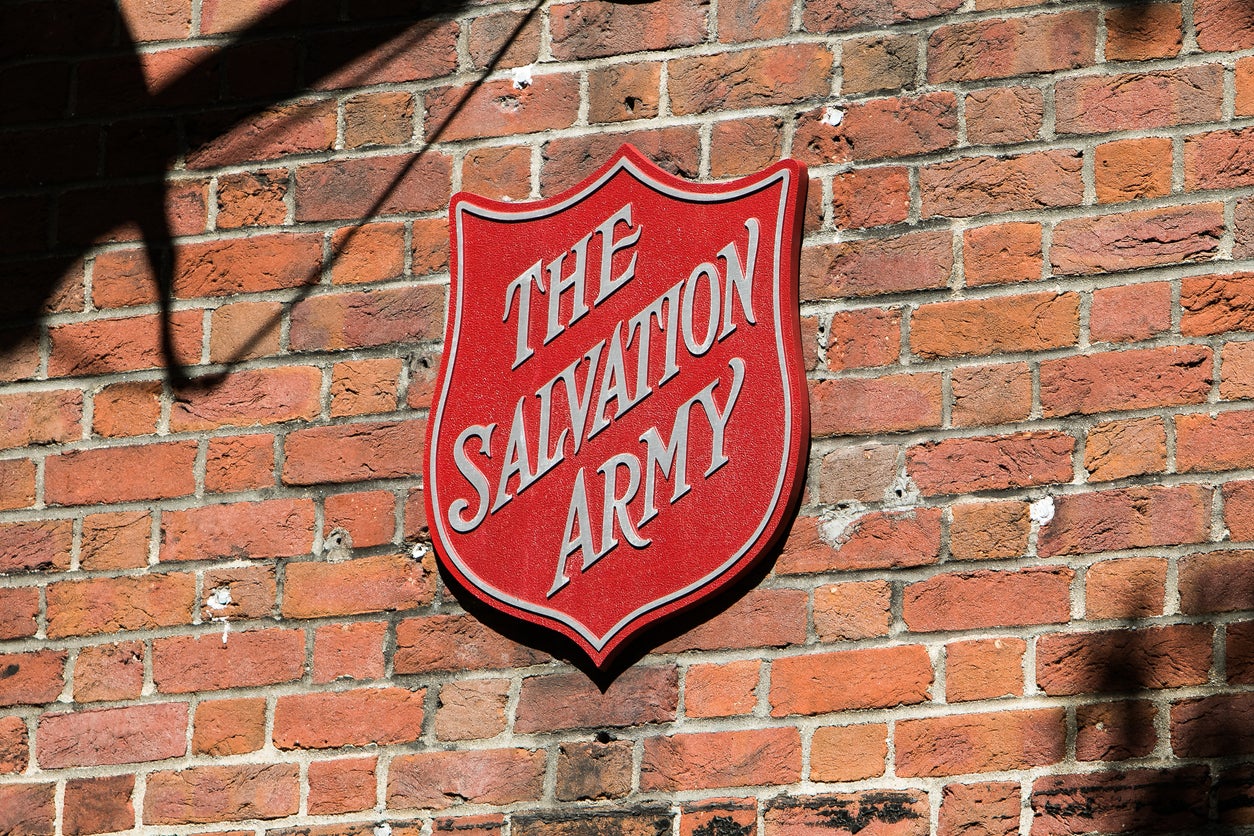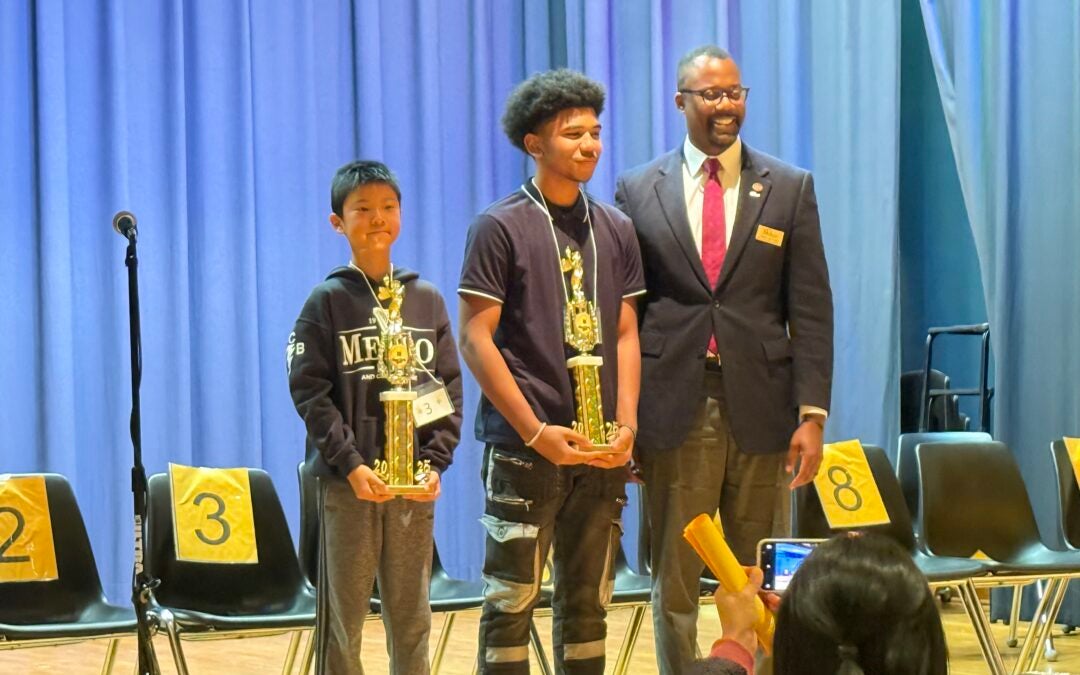I read recently that there now is a “National Thumb Day.” Also called “Thumb Appreciation Day,” it is celebrated to acknowledge the importance and utiity of our thumbs. This unofficial holiday encourages people to recognize the crucial role thumbs play in everyday tasks and the evolutionary significance of our thumbs.
And so, I decided it was time to write a column my readers hopefully will give a “thumbs up” too because of its uniqueness and interest.
The thumb seems to be the stubby ruler of the hand. Through the ages, it’s amazing how many phrases, quotes, gestures, symbols and philosophy have been put forth referring to the thumb. Legendary scientist Sir Isaac Newton supposedly once said: “In the absence of any other proof, the thumb alone would convince me of God’s existence.” If so, consider how blessed humanity is to be living in a world of thumbdom.
The thumb has a few different points of value worth considering. First, from the standpoint of dexterity, the human thumb permits a wide range of motion and a precise grip… thus enabling people to manipulate and hold objects effectively.
Historically, without a thumb, the human hand would be likely put back 60-million years in evolutionary terms because of its vital role in human development as related to holding, lifting and manipulating the hand.
When one thinks about the roots of mathematics, they will be surprised to see that the thumb served as a crude unit of measurement typically used to dimensionalize an inch.
In summary, the thumb’s frequent appearance in phrases reflects its fundamental importance in human life, from practical measurement and dexterity to non-verbal communication and symbolic meaning.
It’s almost uncanny to think about all the symbols and gestures derived from the thumb. Phrases like a “rule of thumb” originated when someone referred to a rule based in a general guideline or experience rather than precise calculation.
Then of course there is the use of the thumb in gestures and in communication. The “thumbs up” and “thumbs down” gestures have long been used to show approval or disapproval… dating as far back in history to the Roman gladiators in fierce life-or-death battles in arenas. These gestures have become universally accepted as language metaphors… signifying support or rejection by a group.
Consider a sloppy, careless person has been called “all thumbs.” Aggressively watching someone’s every move has been referred to as a person “under thumb.” “Green thumbs” refer to people who have a keen ability to grow things (i.e. plants, flowers, vegetables, etc.). Of course, thumbs have also been the universal symbol for “hitchhiking” a ride and individuals who have something unique, different, perhaps even strange are referred to “stands out like a sore thumb.”
Oh yes, children everywhere have chanted, “One, two, three four… I declare a thumb war…” as they “thumb wrestled.”
People who turn away from someone or something they don’t believe has value “thumb their nose.” When one is bored and impatient, they can often be seen “twiddling their thumbs.”
I guess it makes sense to hail the almighty thumb.
In a day and age where non-verbal communication seems to reign supreme, it’s absolutely amazing to see how many people use their thumbs to communicate.
When we look at literature, the thumb appears as well. Tom Thumb was a fairy tale about a tiny boy no bigger than a man’s thumb who is granted to a childless couple by a wizard named Merlin. Despite his small size, Tom Thumb is clever and mischievous… living several adventures and misadventures. He eventually joins King Arthur’s Court and is even knighted showing that bravery, wit and energy can overcome physical limitations and small size.
It’s funny that when someone is said to be either strange or immature or baby-like, they are typically portrayed as sucking their thumb. That’s a universal symbol for being baby-like.
There’s also a wonderful children’s story about a tiny dancer named “Thumbelina.” First written about in 1835 in Copenhagen, Denmark, Thumbelina is a tiny girl who is a great dancer but also has several adventures with a toad, a mole, a field mouse and other small creatures of field and forest. At the end of the story, she meets and falls in love with a flower-fairy prince just her size… and of course… they lived “happily ever after.”
And so, dear reader, I thought that some writer might see fit to write a column showing respect to the marvelous thumb. I’m proud to do so.
“Thumbs up!”











